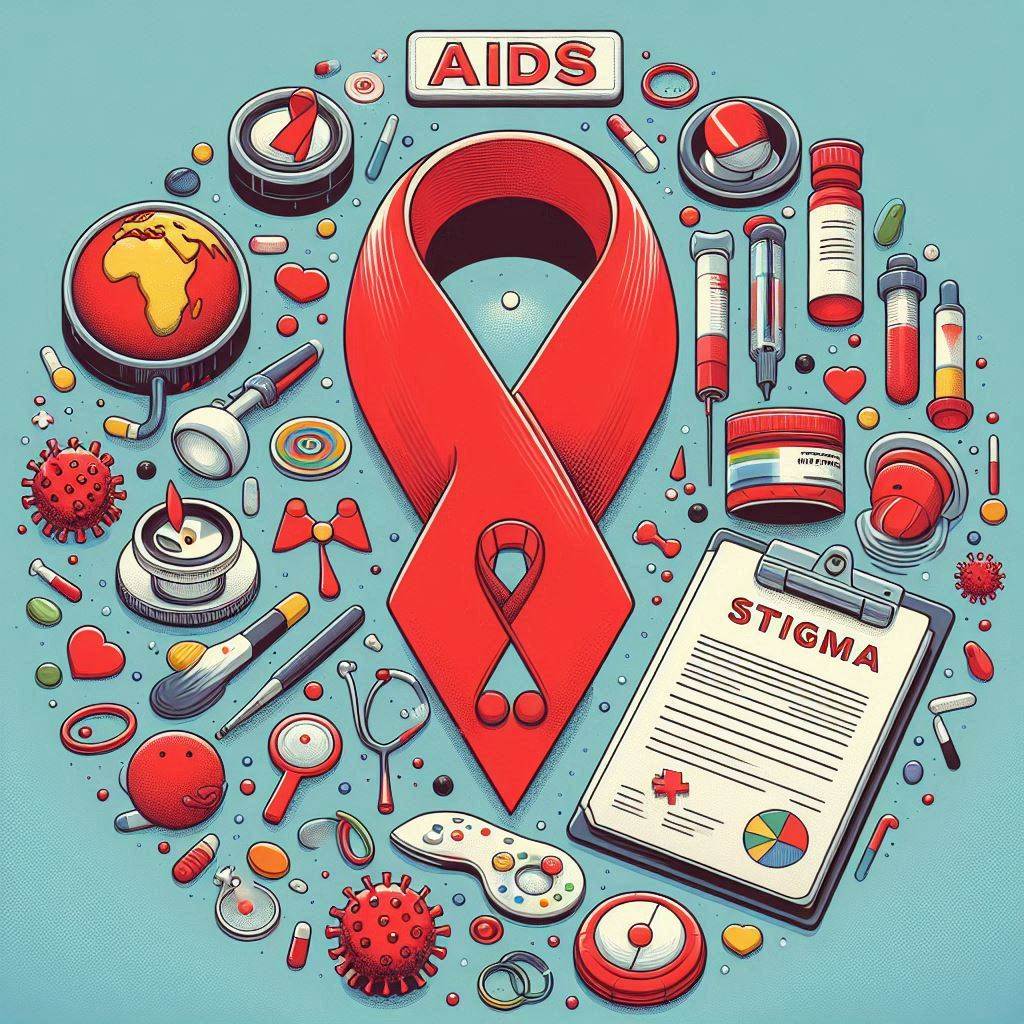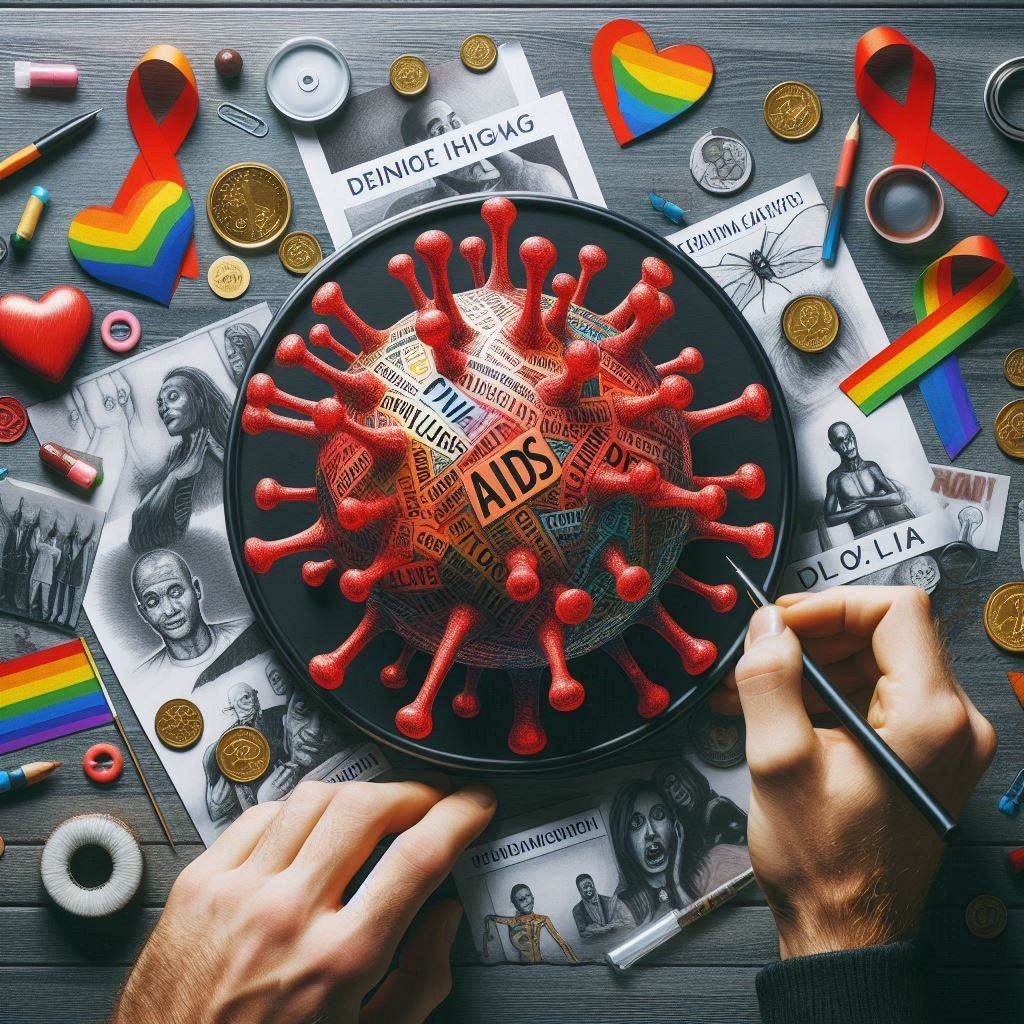In the early 1980s, a mystery illness began to surface—deadly, misunderstood, and terrifying. It didn’t just affect the body; it fractured societies. The virus we now know as HIV was quickly overshadowed by something equally harmful: stigma. To understand how this stigma began, we must go beyond the science and ask not just “where did AIDS come from”, but why did the world respond with fear, blame, and silence instead of compassion?

This is the untold story of how AIDS became more than a disease—it became a mirror of society’s deepest prejudices.
The Mysterious Outbreak: A Fear Without a Face
In 1981, U.S. doctors reported rare forms of pneumonia and cancer in young gay men. These men were previously healthy, with no known reason to be ill. The medical community was baffled.
The virus had no known cure, no vaccine, and no clear origin. The panic was fueled by ignorance, and instead of asking where did AIDS come from in scientific terms, society defaulted to blame. And blame, historically, has often targeted the most vulnerable.

The fact that early cases emerged in the gay community set the stage for stigma. Homophobia mixed with fear became a toxic combination that defined much of the early narrative around AIDS.
“The 4H Club” and the Language of Exclusion
By the mid-1980s, the media and public health reports identified four main groups at risk of contracting HIV—nicknamed “The 4H Club”:
- Homosexuals
- Hemophiliacs
- Heroin users
- Haitians
Each of these groups already carried some form of social stigma. By tying HIV/AIDS to them, society made a powerful and dangerous assumption: only “those people” get AIDS. This thinking reinforced the belief that the virus was a punishment or moral failing, rather than a public health crisis.
The result? Discrimination, denial, and deadly silence.
People with AIDS were often evicted from their homes, denied medical care, and shunned by their own families. In some places, even healthcare workers refused to touch patients for fear of infection. Children born with HIV were kicked out of schools. Funeral homes refused bodies. Fear had eclipsed facts.
Where Did AIDS Come From vs. Who Was Blamed
The question “where did AIDS come from” was crucial for scientists, who traced it to SIV in chimpanzees, which likely crossed into humans in Central Africa in the early 20th century. But the public was less interested in this evolutionary path.
This not only slowed efforts to address the virus early, but also discouraged many from getting tested or treated, fearing judgment more than the disease itself.
This stigma didn’t stay in the West. In many parts of Africa, Asia, and Latin America, HIV-positive people—especially women—faced abuse, isolation, and even violence. The virus became a scarlet letter, worn not just on the skin, but in the soul.
Breaking the Silence: Activism and Awareness
Out of the shadows, a powerful resistance emerged. Groups like ACT UP, The Red Ribbon Project, and brave celebrities like Magic Johnson and Princess Diana helped humanize the epidemic. Diana, in particular, made global headlines when she shook hands with an AIDS patient without gloves—a small act that shattered massive fear.
As the scientific community clarified where did AIDS come from, activists worked tirelessly to separate the virus from the stigma. Campaigns promoted awareness, education, and compassion. Yet even today, remnants of that early stigma remain.
Understanding the origin of AIDS stigma means acknowledging that the virus itself was only part of the problem. The real pandemic was a crisis of ignorance, shame, and prejudice. When society asked “where did AIDS come from”, many weren’t seeking a virological answer—they were looking for someone to blame.
But AIDS has never belonged to one group, one country, or one behavior. It is a human virus. And to fight it fully, we must continue unlearning the fears that fueled its stigma.
The future lies not just in medicine, but in empathy, where the only thing we spread is understanding—not hate.


